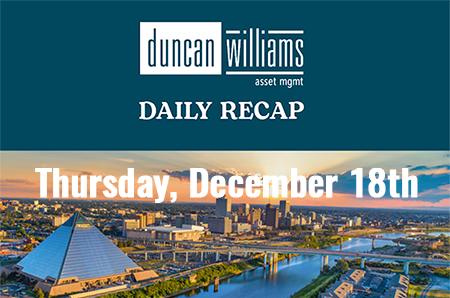
The U.S. economy performed well in Q2 2024, with 3.0 percent GDP growth, revised higher from the earlier estimate of 2.8 percent. Consumer spending remained robust, offsetting some of the effects of high interest rates. Consumer spending rose 2.9 percent in the current estimate, up from the earlier estimate, while business investment rose 7.5 percent, compared to 0 percent in the previous estimate. High interest rates have not slowed the pace of demand much. Inflation still bites, but the economy has picked up steam. Earlier data for the first half of this year was more substantial than expected. Looking ahead, growth is expected to slow down over the remainder of the year. (BEA, Spectrum Local News, Las Vegas Sun)
Inflation and Federal Reserve Action
Inflation in the U.S. is still falling but at a slower pace than earlier this summer. The monthly CPI report for August indicated a slight pickup in core inflation, while the monthly PPI report showed prices paid by producers rising 0.3 percent over last year, close to what economists expected. The Federal Reserve will likely continue with another interest rate hike, balancing the twin objectives of maintaining reasonable employment while pushing prices down toward the Fed's target rate of 2 percent. Some economists worry that inflation could remain high for months. Investors and economic policymakers closely monitor the Federal Reserve's next moves to gauge the magnitude and timing of upcoming rate hikes. (Mint, Tower Bridge Advisors)
India Keeps Mortgage Rates Down
India has experienced little inflation, with retail inflation at 3.65 percent for August. The RBI is less likely to hike interest rates to restrain growth, thanks to price stability. This compares favorably to advanced economies worldwide that have endured much higher inflation than India, including the U.S. and Germany. India's consumer price outlook allows the RBI more opportunity to ease monetary policy, maintaining higher interest rates than most other countries. The country's earlier proactive inflation-targeting regime and the RBI's savvy monetary measures helped cement this result. (Mint, Tower Bridge Advisors)
Mortgage Rates and the Housing Market
Mortgage rates in the U.S. fell again, with the average 30-year fixed mortgage rate dropping to 6.35 percent, down from 6.46 percent the prior week. However, that has not helped the housing market much, as affordability remains a significant issue for prospective modular or prefab home buyers until transaction volumes ramp up. The affordability crisis is keeping home prices high, reducing sales. Some experts point out that another round of lower mortgage rates could help lift transaction volumes. Another boost in home sales would likely come if mortgage rates dropped into the 5-6 percent range. (Fox Business, Tower Bridge Advisors)
Outlook and Economic Risks
Predicting whether the U.S. economy is headed for a "soft landing" that doesn't excessively damage employment and growth rates is difficult. Last year, taper tantrums in the bond market put the brakes on the Fed's main policy levers by driving up interest rates. This may be why some analysts fear high unemployment and slower growth could crimp consumer confidence. The Federal Reserve will remain a crucial factor. (Mint, Tower Bridge Advisors)
Sources: Spectrum Local News(Spectrum Local News), Focus Economics(FocusEconomics), U.S. Bureau of Economic Analysis(BEA)












